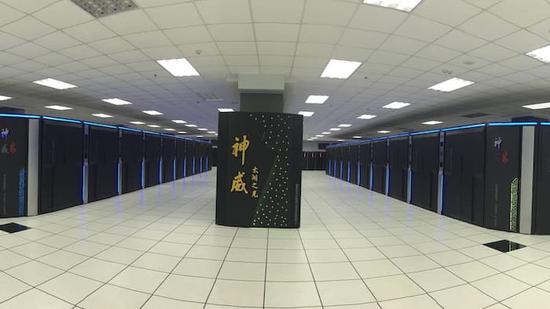
By Henry Hing Lee Chan
A New Arms Race in Supercomputing
Since the biannual Top 500 ranking of the most powerful supercomputers in the world started being published in 1993, for the first time, the United States is not home to the largest number of supercomputers in the world. China currently has 167 supercomputer systems according to the 47th Top 500 supercomputer ranking, released on 20 June, as against 165 supercomputer systems in the US. These, together with Japan’s 29 systems, Germany’s 26, and France’s 18, round up the list of the top five countries with operational supercomputers.
What is surprising to the supercomputing community gathered in Germany for the International Supercomputing Conference that announced the Top 500 is that the fastest supercomputer with a theoretical peak performance of 124.5 petaflops, Sunway TaihuLight, is not only a Chinese supercomputer, it runs on microprocessors developed entirely in China. In the past, China had relied heavily on US microprocessors in building its supercomputing capacity. The world’s second fastest supercomputer, China’s Tianhe-2, which has a peak performance of 54.9 petaflops and was the world’s fastest supercomputer for 3 years, uses Intel Xeon processors.
It is widely known that China has been steadily building its supercomputing capacity, including efforts to develop its own microprocessors. The country produced a relatively small supercomputer in 2011 that used home grown microprocessors, but its big systems had continued to rely on US Intel-produced Xeon chips. In April 2015, the US government officially banned Intel from supplying Xeon chips to four of China’s top supercomputing research centers. The ban was based on the US claim that China is using its Tianhe-2 system for nuclear explosive testing activities. The US stopped live nuclear testing in 1992 and now relies on computer simulations for its nuclear program. Many observers suspected the US was acting to slow China’s supercomputing development efforts.
The US effort to slow the Chinese in developing its supercomputing capability has apparently failed as seen in the debut of Sunway TaihuLight based on China’s home-grown custom-designed 1.45 GHz Shenwei (SW) 26010 processor. The TaihuLight is the first supercomputer that breaks the 100 petaflops barrier and the SW 26010 processor architecture is based on the home-grown RISC design, which is different from the Intel Xeon chips. The machine architecture and energy efficiency has gained global peer recognition and has been nominated for the prestigious Gordon Bell Award. What is more important is the observation that while many leading computer scientists considered the earlier speed leader from China, the Tianhe-2, as a stunt machine that just excelled in speed with little unique features, many experts now consider the Sunway TaihuLight system is a real machine with its own architecture and innovative processor, the SW 26010.
Whether the US chip ban accelerated China’s resolve to develop its own microprocessor technology is certainly a topic to be debated. The US had apparently underestimated the indigenous technology level of China in microprocessors and supercomputing. As supercomputing-associated high performance computing (HPC) becomes more and more important in the economy, with HPC’s virtualization and big data analysis capabilities permeating every industry, China’s giant leap in supercomputing could be its Sputnik moment. Will there be a supercomputing race down the road between China and the US? The Chinese government stated last week that it plans to build an exascale (1000 petaflops) supercomputer system in 2020. Will the US modify its original target set last year in the “national strategic computing initiative” to produce such a system by 2023?



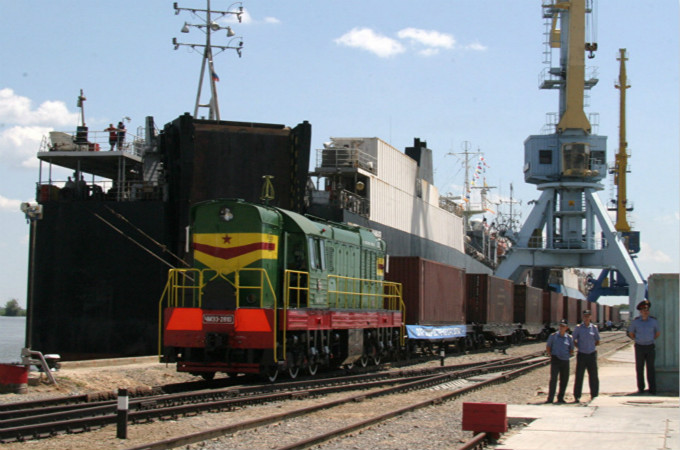

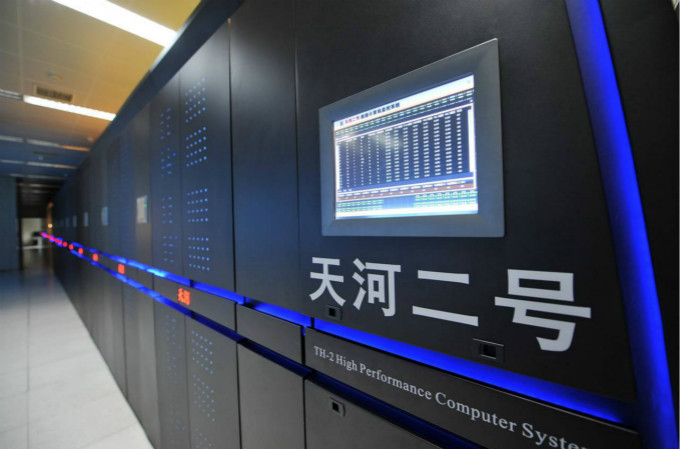
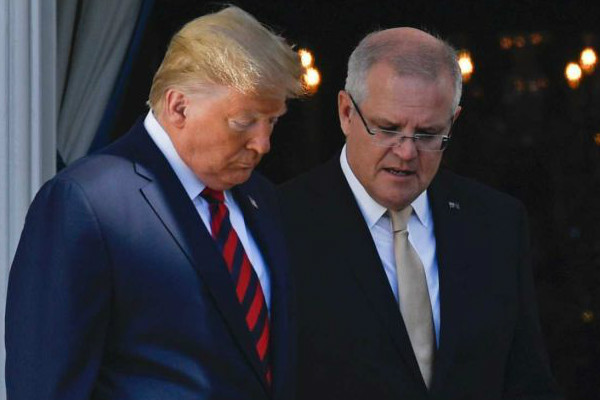
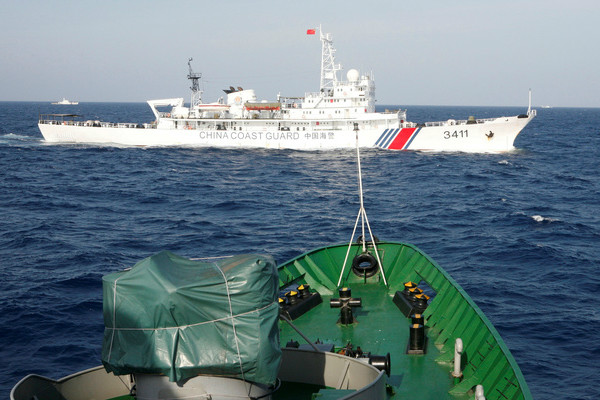
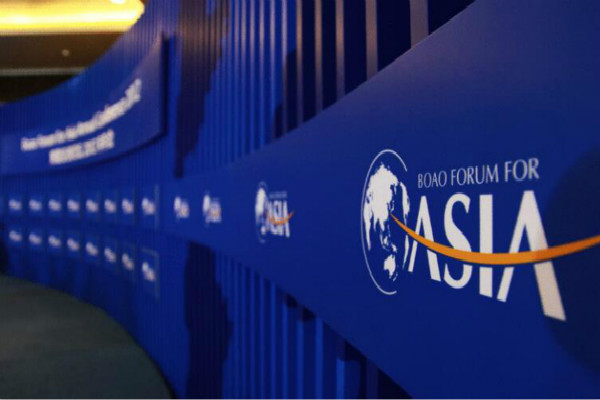
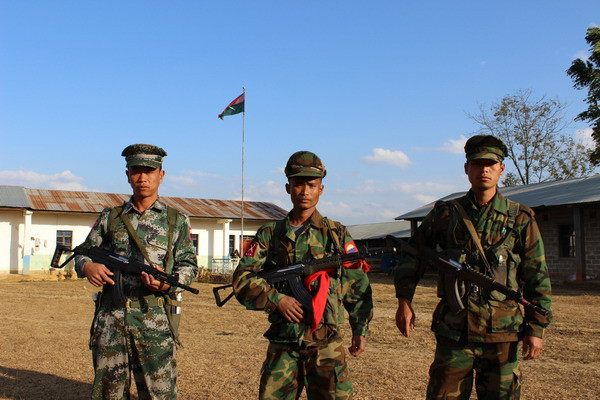






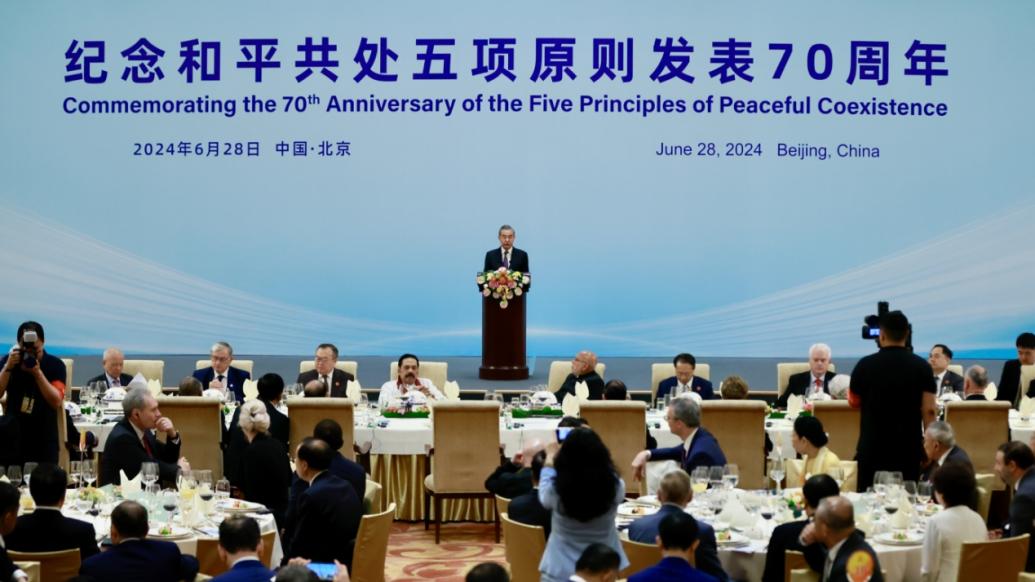

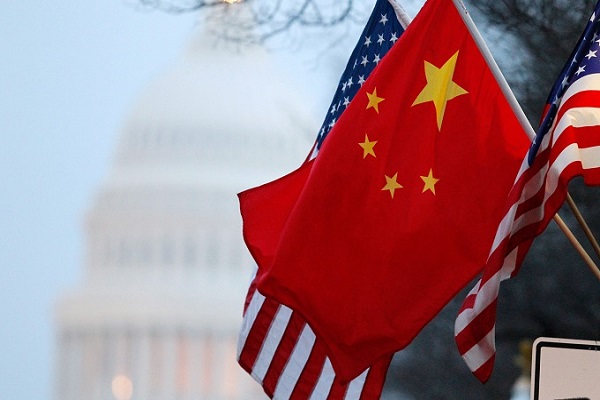


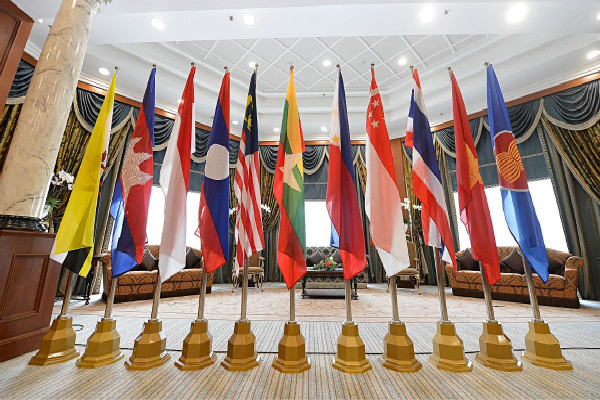
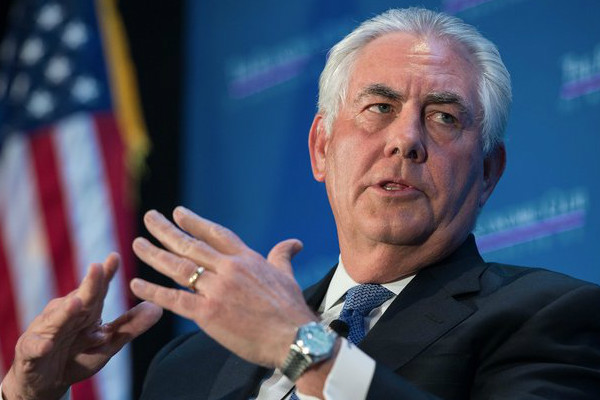

Leave a Reply
Your email address will not be published. Required fields are marked *